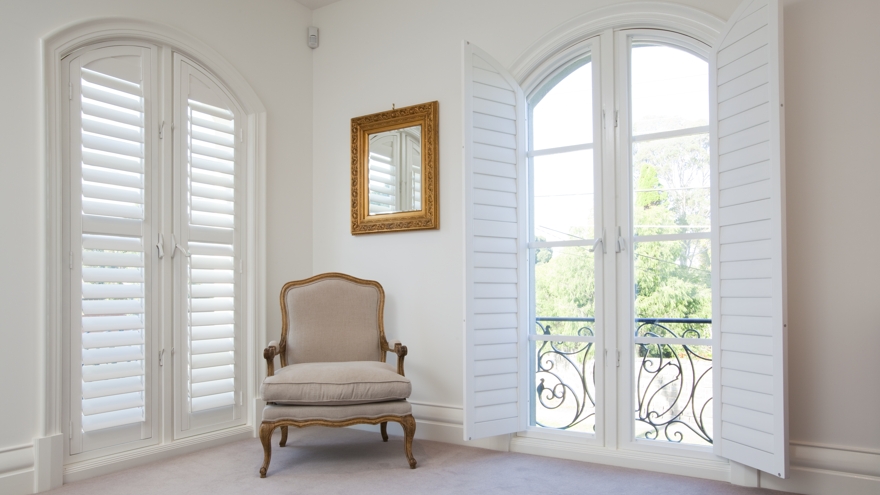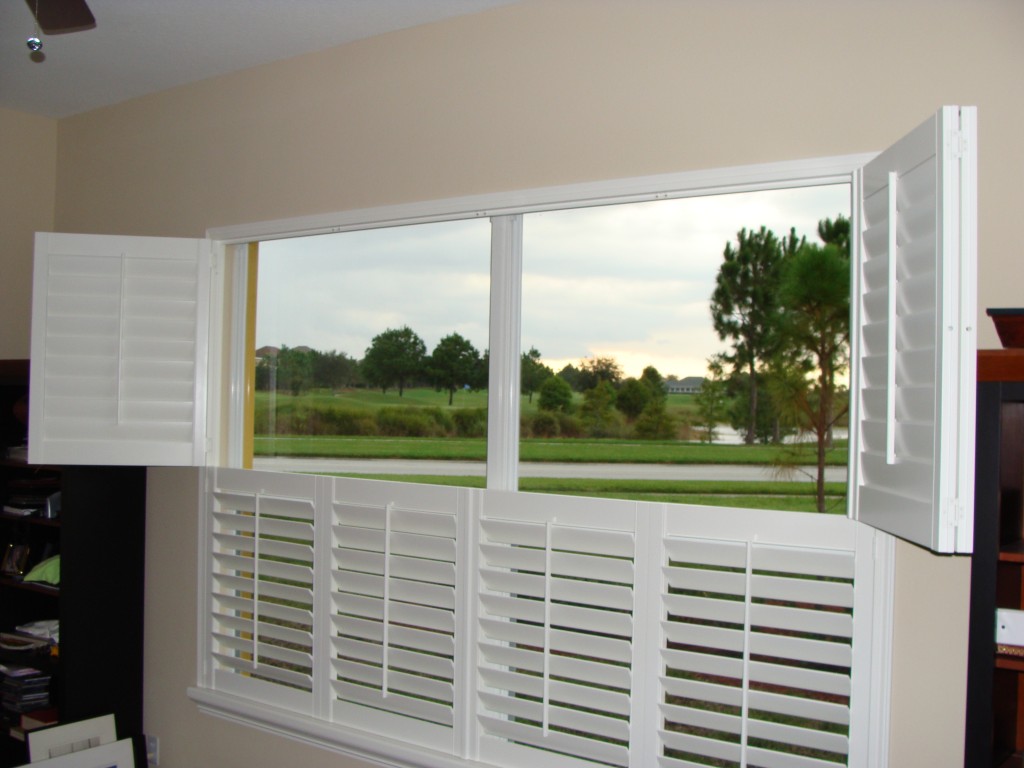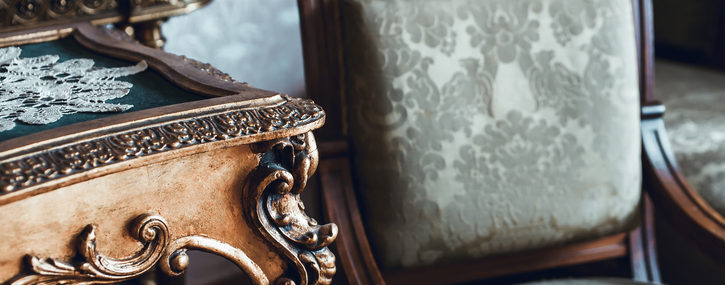Plantation shutters make a fabulous choice for a window treatment. How can you not appreciate their versatility plus, they are money well-spent, given that they increase the value of your home and are more cost-effective than custom draperies!
Other than that, there are no other window treatments that can be financed into the purchase of your home. Why so? Because plantation shutters are extremely appealing, which is why they stay with the home most of the time when it is sold.
But before you decide to make them the focal point of the room, here are ten things you need to know about them so you choose wisely!
1. Plantation shutters are mainly preferred for the kitchen. However, they are also popular choices for other rooms of the house. What you should consider when shopping for interior shutters, though, is whether you want to buy custom shutters or ones made of stock panels.
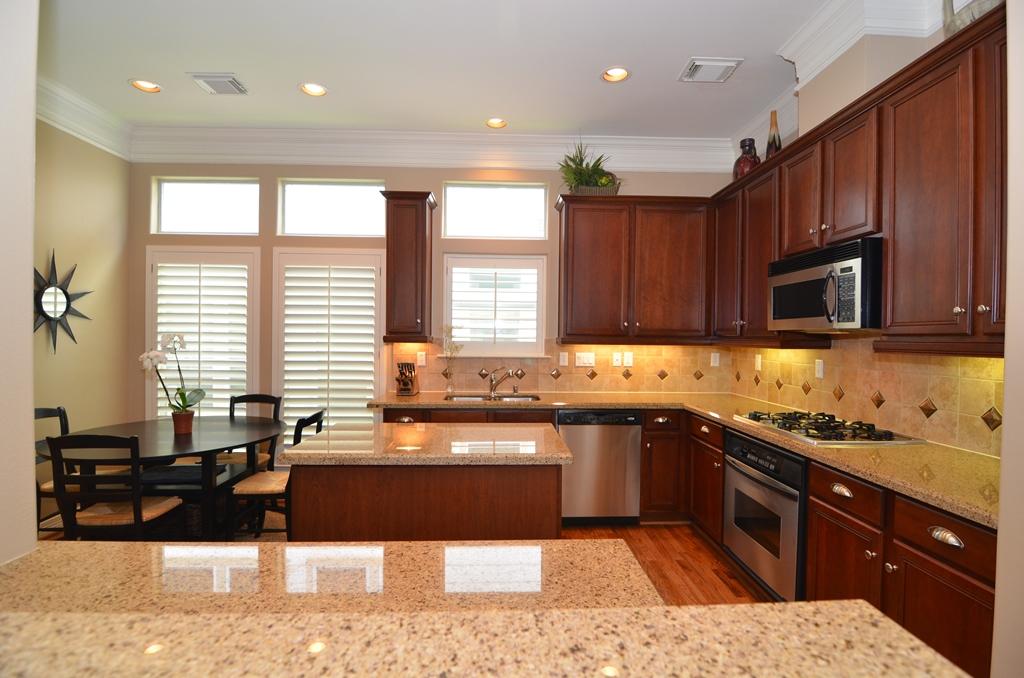
In the first case, you will get shutters built to fit your windows like a glove. In the second case, the company will cut down stock panels to fit your window(s). With prices being very similar, the final choice is strictly depending on what you want.
2. Plantation shutters are NOT the same as the traditional shutters you can find in the New England States, distinguished by the smaller and narrower louvres that don’t allow much of the light to enter the space.
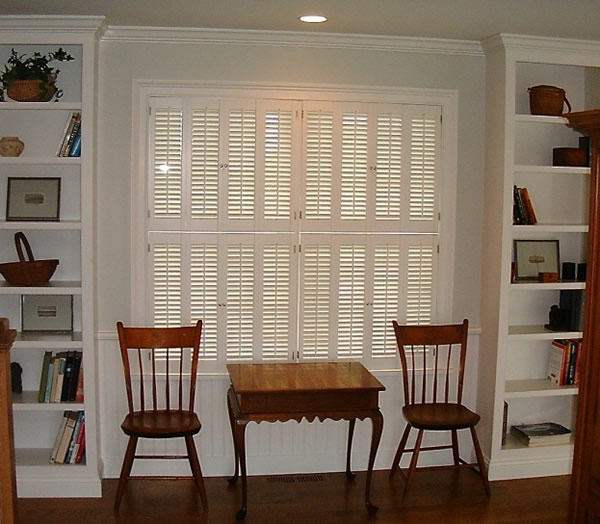
Traditional shutters are not as widely used as in the past, and you will rarely find them in modern homes. Instead, we prefer to have plenty of natural light flowing in the room while being able to look outside at the same time.
3. If you travel South, you will see large plantation homes whose louvres are much wider than the ones you often see. This is because they got their style from the Spanish shutters (the Spanish were the ones that introduced shutters to the US).
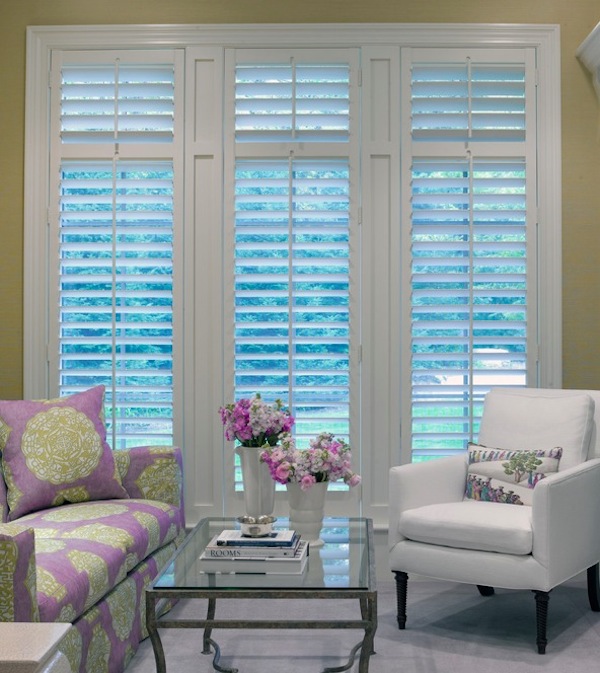
That aside, the most typical shutters are the ones you can see in the picture. Note that these are also designed with a narrow divider rail that allows the home’s owners to have separate control of the top and bottom louvres.
This is particularly handy at times when you want some more privacy, such as after the evening hours.
4. As mentioned earlier, today’s plantation shutters are versatile. You can find them in numerous styles and a variety of louvre sizes, with the most popular size being 2 ½ inches.
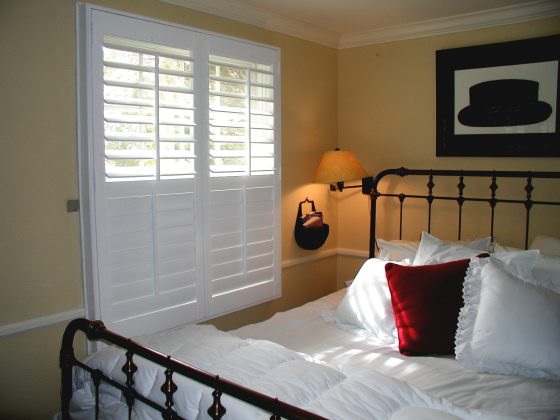
However, the shutters shown in this bedroom have larger louvres (3 ½ inches) that allow more light in. Of course, the size of the louvre is a strictly personal thing, but if you want a small piece of advice here: The smaller 2 ½-inch louvres are more traditional and a fab option for normal-ceiling, average-sized rooms. For large rooms with high ceilings, you might want to consider the 3 ½-inch louvres as they infuse a more aristocratic feel.
5. Many people prefer to have shutters with a divider trail in their bathrooms. This is an attractive and very stylish choice indeed that allows for closure of the bottom louvres, leaving the top ones open for light and a view when more privacy is required.
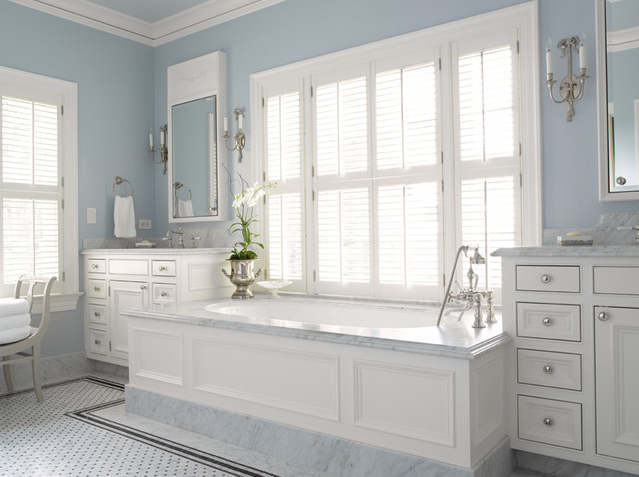
This is not something you can achieve easily with wood blinds, drapes, or curtains! Alternatively, you can have them in the double-hung fashion for something a bit different.
6. There come times when half a shutter is all you need. Before you decide to buy one, it’s best to think twice. Not that half shutters are not lovely and elegant. It’s just that their cost is almost similar to the cost of full-length shutters.
So, unless you don’t mind having a lack of control when it comes to natural light or insulation, full window shutters are probably a better choice. Also, with full window shutters, you also protect your carpets and furniture from sun damage. Therefore, weigh your pros and cons prior to proceeding with your purchase.
7. One of the best things about having custom shutters is that you have a plethora of options regarding their design.
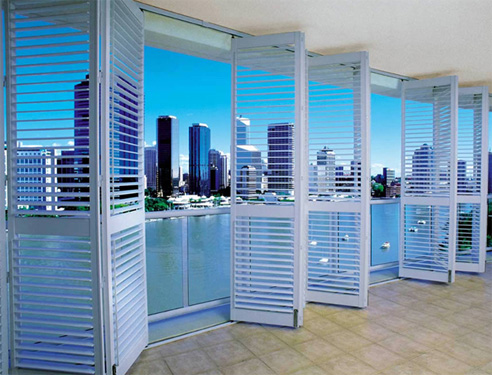
For example, you can have them specially designed to have their two panels either bi-folded to one side or open from the center!
To help you decide, if there is something blocking the way on one side (say, a pipe) and you want to throw open the panels, the first option is much preferred. That way, you will have a similar effect as with bi-fold doors whose panels fold on top of one another, and you can push them off to the side.
But, if there is no need to open the panels back against the wall, you can as well have them open from the center.
8. For almost complete freedom per light and view, take a look at this window treatment. Designed in a double-hung fashion, the homeowner has complete freedom to keep the top louvres open and the bottom ones closed as they please.
In fact, the top panels can also fold on top of one another against the wall, leaving the bottom ones intact. Now, if they want to open the entire window, all they have to do is throw everything back! As we said, the uses and functions of plantation shutters are amazing!
9. The design of the shutters is a personal thing and corresponds to the needs, style, and requirements of the homeowner. No fashion trends can dictate what best suits you, and you should not go for designs that you are not too fond of just because they are today’s new fad.
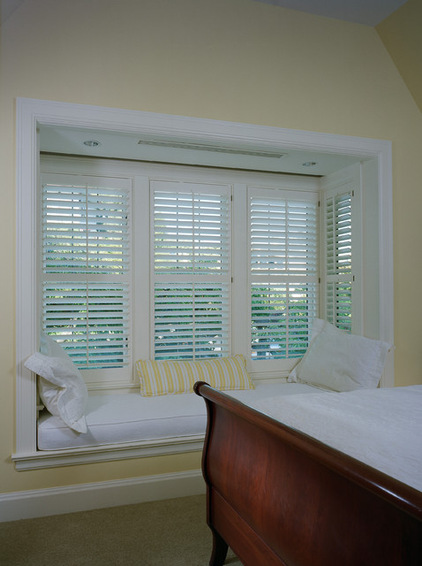
For example, this comfy window seat has three narrow windows across the back. Given their narrowness, designing one large panel per window rather than two skinny ones was considered ideal.
In addition, the shutters have been designed with a divider rail. All that combined allows for view, light, and separate control of the bottom and top louvres. Utmost freedom, enhanced style, and super comfort! Work well done!
10. If you like old-purposed items in your home, check out these wonderful shutters that have combined the beauty of the old-style, more rustic design with the modern bi-fold function.
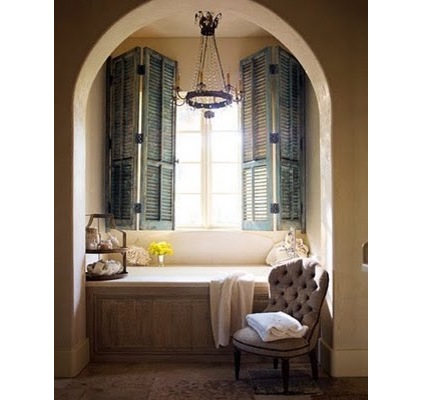
So stylish! Tip: If you don’t like the look of the shutters alone and feel that you should soften that look in particular rooms, such as the bedrooms, you can add a valance or even drapes on the top. This will give you the privacy and light control you want and allow you to add any decorative treatment your heart desires.
That said, anything you do should have a uniform look, especially at the front of your home. Things to ask about when considering buying plantation shutters:
- Siderails– They should be at least 1 ½ inches thick so your panels don’t get warped.
- Tension Adjustment Screws– To avoid any incidences with drooping louvres.
- References– Do your own research to see the credentials of each shutter company you are interested in (also check your BBB, as well).
- Mortised hinges– They are gorgeous in a frame install.
- Material– You don’t want to buy pine shutters, so be careful of the wood in which the shutters are made unless you want to get yourself in sap-bleeding situations.
Still not sure about which window treatment to choose? No problem! Here are some more bits and pieces for you!
